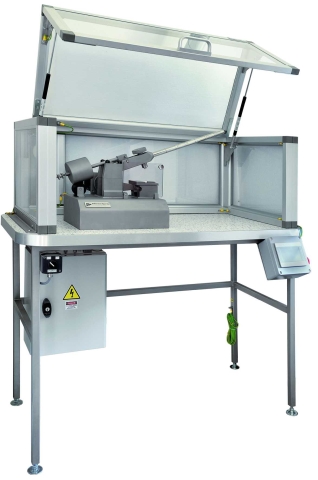Qualification programs for military service of new or modified explosive materials, such as those defined in NATO STANAG 4170, usually involve tests very similar to those applied in research and development described above, but carried out by independent national authorities. These programs also start with small-scale sensitivity tests (such as the BFH Series, FSKM 10 and XSPARK 10) and stability tests (such as DTA 552-Ex and STABIL VI).
Large-scale tests simulating real threats, such as cook-off, shock wave impact or intensive electrostatic discharge are also applied. Performance properties of various classes of EM are tested by the same methods as used in their research and development programs, discussed above.
Qualification programs put more stress on the comparative assessment of the new or modified EM with results obtained from standard EM with proven suitability and reliability in a long-term service, which can reach dozens of years in very harsh environmental conditions. This is why qualification programs involve artificial ageing tests (using e.g. HBA heating blocks) and repeated sensitivity, stability and performance testing of aged samples to prove that the EM can keep their safety and suitability properties for their whole service life. The testing is also carried out at application temperature limits causing the highest stress to the explosive materials to confirm their safety and suitability at these edge conditions.





